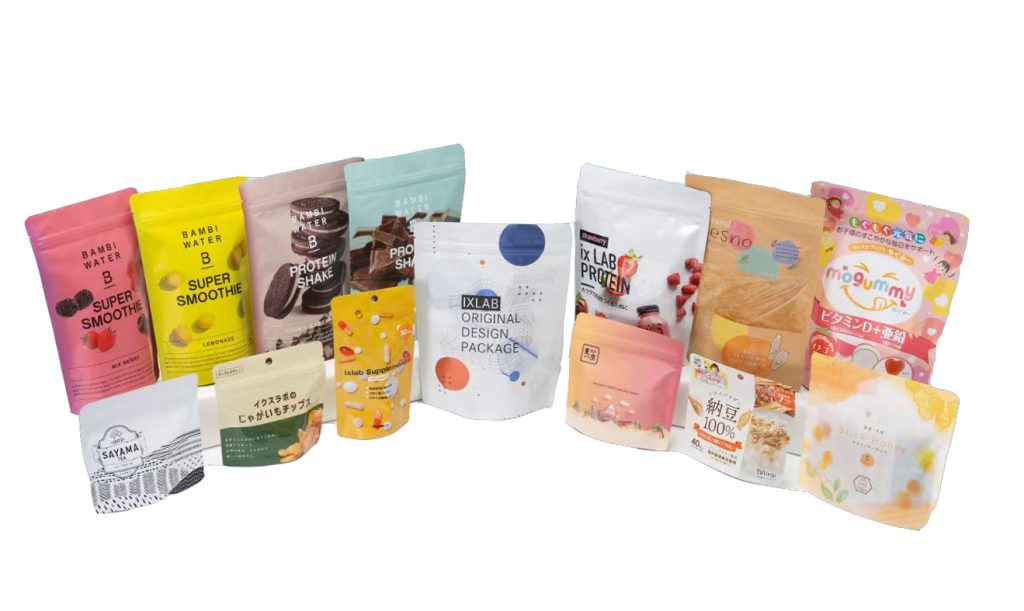Flexible packaging refers to any package or container made of easily pliable materials like films, foils, and paper. These materials can be easily molded or shaped to hold and protect various products. From food and beverages to cosmetics and pharmaceuticals, flexible packaging has become an increasingly popular choice among manufacturers and consumers alike.

There are several types of flexible packaging, including pouches, bags, wraps, and liners. These can be further classified based on the materials used, such as plastic, aluminum, or paper, and the product's specific needs, like barrier properties, resealability, or shelf-life extension.
Flexible packaging offers numerous benefits that make it an attractive option for both manufacturers and consumers.
One of the primary advantages of flexible packaging is its potential for sustainability. Lightweight and requiring less material than traditional packaging, flexible packaging can significantly reduce the environmental impact of transporting goods. Additionally, innovations in materials and production methods have led to more environmentally friendly options, making it an increasingly sustainable choice.
Flexible packaging can be more cost-effective than traditional packaging options, as it requires less material and energy to produce. This not only reduces production costs for manufacturers but can also result in lower shipping costs due to the reduced weight and volume of the packages.
Flexible packaging offers a level of convenience that appeals to today's on-the-go consumers. Easy-open features, resealability, and portability make flexible packaging a popular choice for busy lifestyles.
As flexible packaging continues to gain popularity, several trends and innovations are shaping the industry's future.
Eco-conscious consumers are driving the demand for sustainable packaging materials. Manufacturers are responding by developing biodegradable, compostable, and recyclable options that reduce the environmental impact of their products. These materials can also help companies meet regulatory requirements and appeal to consumers who prioritize sustainability.
Smart packaging, which incorporates sensors, indicators, or other interactive elements, is becoming more prevalent in the flexible packaging industry. This technology can provide consumers with valuable information, such as product freshness or spoilage, while also offering manufacturers data on consumer habits and preferences.
The rapid growth of e-commerce has led to a higher demand for flexible packaging. Online shopping requires durable, lightweight packaging that can withstand the
rigors of shipping while protecting the product inside. Flexible packaging meets these requirements, making it a popular choice for e-commerce businesses.

As consumers increasingly seek unique and personalized experiences, manufacturers are exploring ways to customize flexible packaging. Digital printing technology allows for high-quality, small-batch printing, enabling brands to create limited-edition packaging or tailor their packaging designs to specific markets or events.
Despite its many advantages, the flexible packaging industry faces several challenges that require innovative solutions.
One of the main concerns surrounding flexible packaging is recycling and waste management. Many flexible packaging materials are difficult to recycle, leading to increased waste in landfills. However, industry leaders are developing new materials and recycling technologies to address this issue, making it easier for consumers to dispose of their packaging responsibly.
Manufacturers must strike a delicate balance between functionality and sustainability. While eco-friendly materials are in high demand, they must also provide the necessary barrier properties and durability to protect the product inside. Ongoing research and development efforts aim to create materials that meet both the performance and sustainability requirements.
The future of flexible packaging is bright, with numerous trends and innovations driving the industry forward. Environmentally friendly materials, smart packaging, e-commerce growth, and personalization are just a few of the developments shaping the landscape. However, challenges remain, particularly in recycling and waste management. As the industry continues to evolve, manufacturers must prioritize both sustainability and functionality to meet the changing needs and expectations of consumers.
FAQs
